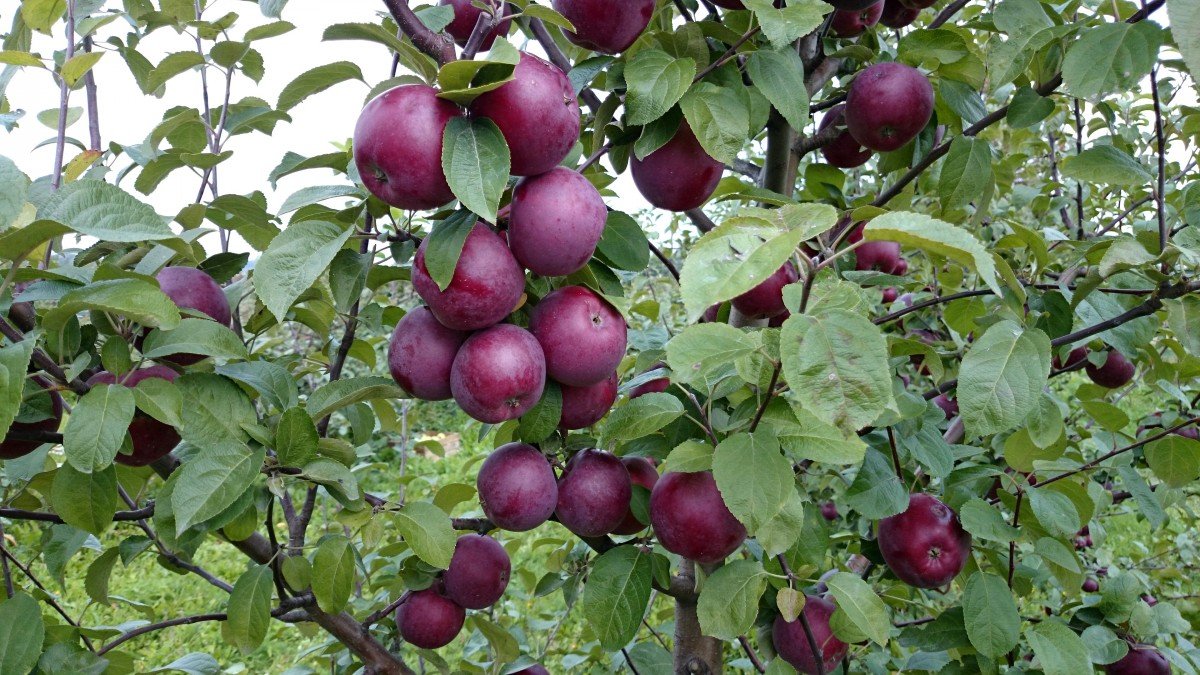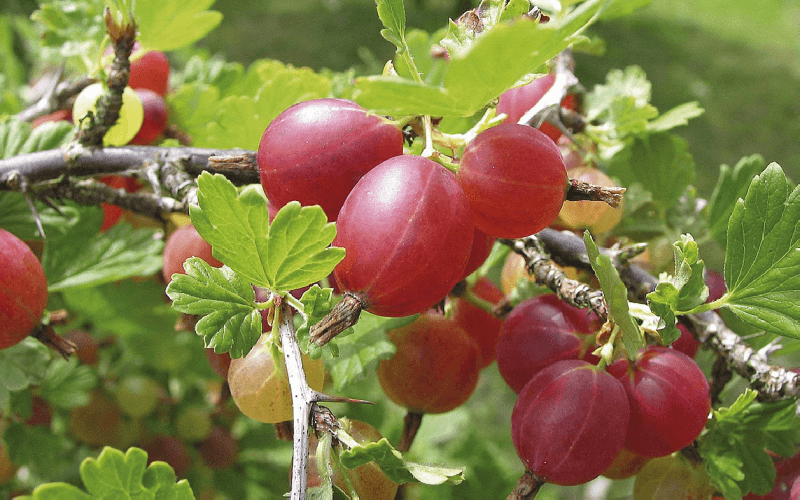Most garden crops grow in slightly acidic soil. If soil acidification occurs, this becomes a real problem for gardeners.
You can take several measures to solve this problem, so that next year you can still please yourself and your loved ones with a tasty and healthy harvest.
How to determine the acidity of the soil
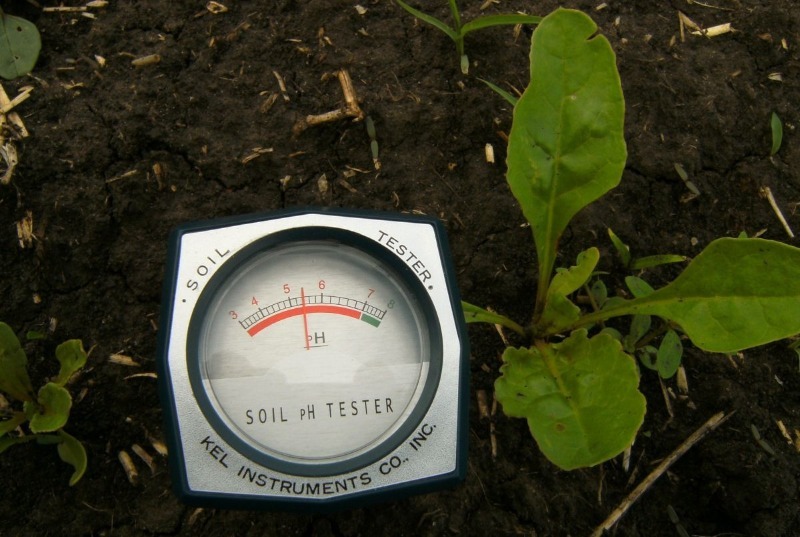
Soil acidity (pH) refers to the balance of hydrogen ions in the soil on a scale of 1 to 14. Therefore, pH = 7 characterizes the neutrality of the soil, for acidic soils this indicator is lower, and for alkaline soils it is higher.
Soil acidity can be determined by external signs:
- the surface of the earth was covered with a whitish-gray coating;
- accumulation of rusty water with loose brownish-yellow sediment in grooves and lowlands;
- horsetail and dandelion weeds grow very quickly on the site.
Many plants like sour soil, for example, common heather, marsh wild rosemary, low-color sedge and others.
The acidity of the soil can be determined using a simple experiment - drop vinegar on a handful of earth and see: if there is a hiss and bubbles, then the earth is neutral or alkaline and does not need liming, if there is no reaction, then the soil is acidic.
Liming
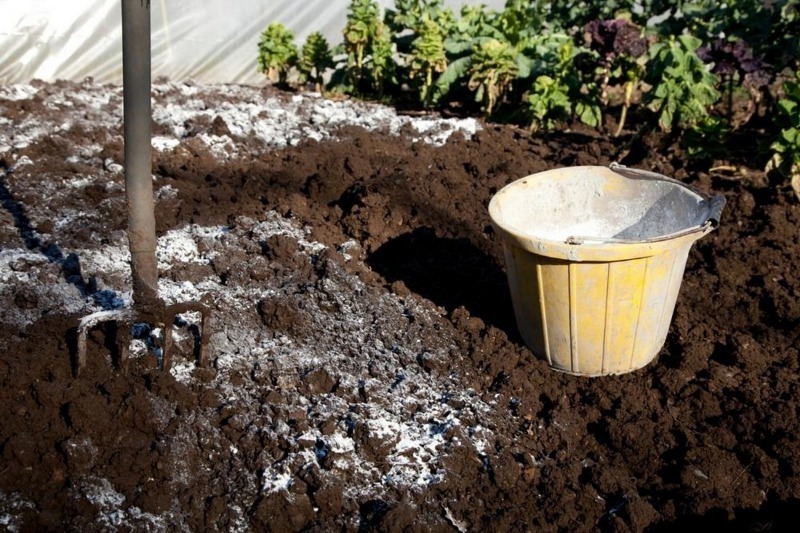
Liming the soil is considered the most effective way to raise the pH level:
- It is best to carry out this procedure in the fall after harvest. At this time, the soil is moist and lends itself well to loosening.
- For the liming process, it is good to use substances containing calcium.
- The amount of the required substance depends on the type and acidity of the soil.
- After fertilizing, the ground must be dug up. During the winter, a reaction will occur between the lime and the acids in the ground. As a result, the soil will become neutral or slightly acidic.
- Fertilizers applied in the spring can burn the roots with alkali. For later application of lime fertilizers, it is better to use less aggressive chalk or dolomite, which is better for sandy formations.
- Lime is preferred for clays and loams.
- Before liming, quicklime must be extinguished with water.
- Do not lime immediately before planting.
- The frequency of applying lime fertilizers depends on the natural conditions and the nature of the soil.
- On plots located on peatlands, as well as subject to a large amount of precipitation, liming is carried out every three years, and on heavy soils, processing can be done once every seven years.
Wood ash
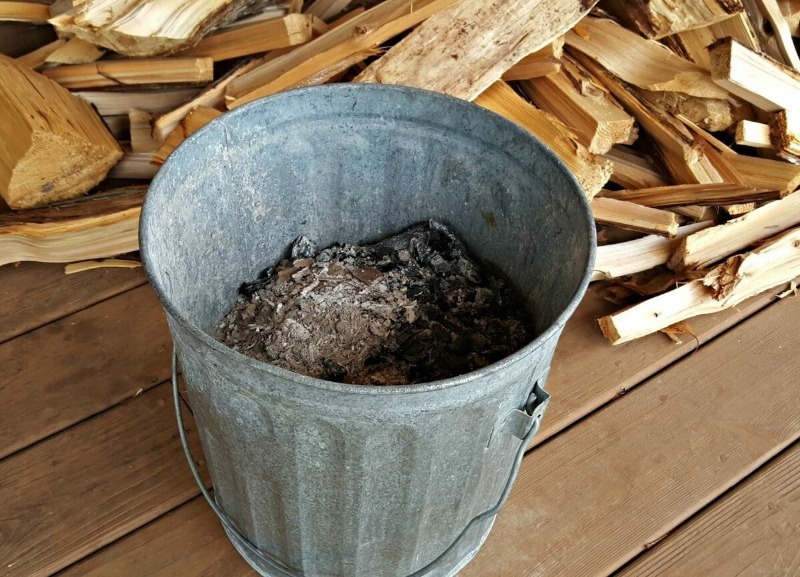
Wood ash is an excellent organic fertilizer that can loosen the soil and change its structure.
It neutralizes the excessive acidity of all types of acidified soils.
Application rates depend on acidity, organic matter and whether the soil is heavy or light. On peat and clay soils, it is recommended to add wood ash in large quantities.
The composition of wood ash depends on the species of trees, their age, place of growth, etc. The content of calcium salts can be from 30 to 60 percent, so the amount of ash required for fertilization is difficult to calculate. For complete deoxidation, this rate is 1-1.5 kg per 1 sq. m.
Ash is buried in the ground during autumn digging in a dry form.
a piece of chalk
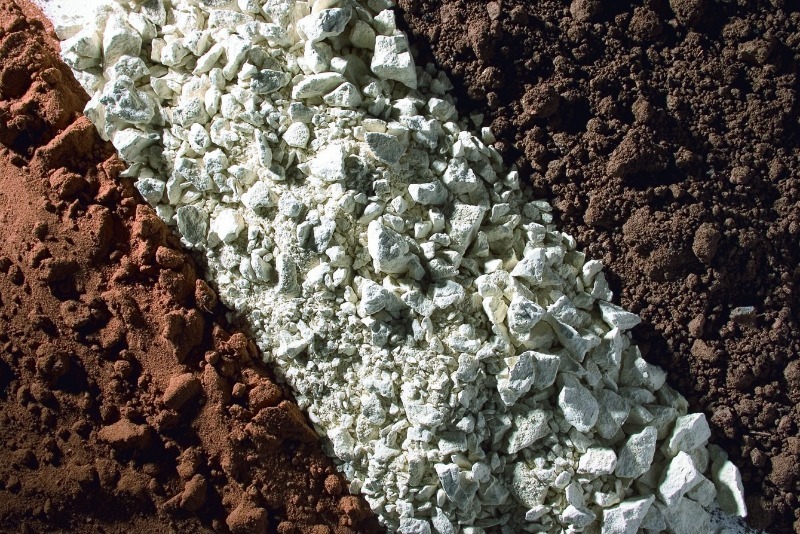
Chalk is very suitable for deoxidizing the soil in autumn; it gently reduces the increased acidity. It is better to add chalk to the soil annually.
It must first be crushed and brought into the ground during digging.
Chalk application rates:
- for acidic soils - 0.7-0.5 kg per 1 square meter;
- for medium acid soils - 0.3 kg per 1 square meter;
- for slightly acidic soils - 0.2 kg per 1 sq. m.
For storing chalk, dry rooms are used so that lumps do not form, and before adding to the ground, it is necessary to mix the chalk with the soil until smooth.
Siderata

In organic farming, soil deoxidation is carried out using green manure. This method allows you to do without the use of lime, chalk and other mineral fertilizers, as well as the calculation of application rates.
Siderata are plants that quickly grow green mass, and their roots loosen the ground and improve oxygen circulation in the soil. Then the plants are mown and added dropwise.
When plants decompose, the soil receives the missing micro- and macroelements, and is also saturated with nitrogen.
Annuals are used as greenhouse growers, less often perennials. The most suitable plants are cold-tolerant, fast-growing cereals.
In autumn, winter rye, oats, rapeseed, white mustard, vetch are more effective.
When sowing in the fall, the siderators make the following changes:
- protect the topsoil from wind and drying;
- keep soil nutrients from being washed out by precipitation;
- improve soil aeration;
- free the soil from putrefactive processes and harmful bacteria;
- protect from freezing;
- delay the germination of weeds;
- contribute to the enrichment of the soil with nitrogen, phosphorus and potassium.
When growing green manures, it is important to prevent them from fully ripening and to mow before flowering and reproduction occurs, otherwise the green manures will turn into weeds. They are mown when they reach a height of 25-30 cm or directly when buds appear.
Greenhouse growers shorten the preparatory period for planting early varieties of vegetables.
A green cover of plants protects from the scorching spring sun, when mown serves as mulch, protects against short-term night frosts.
Trees can also be great siderators. These are birch, alder, pine, hornbeam and elm. They lower the acidity level of the soil to a depth of about half a meter and within a radius of ten meters.
To carry out soil works should be approached competently and take into account the rules and recommendations for soil deoxidation in the fall. Then you will receive results in the form of improved soil quality as well as increased yields.
